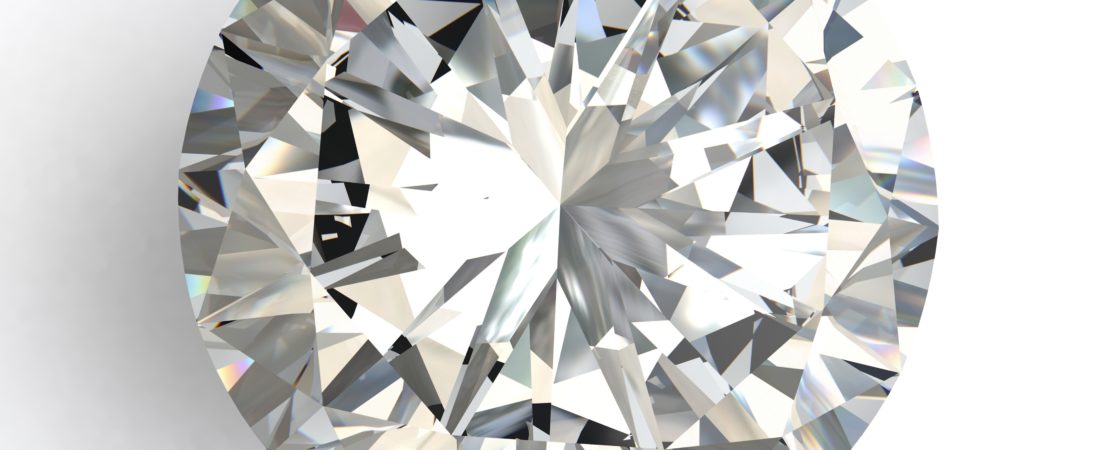What Are Diamond Cavities?
Cavities within a diamond are what is known in the diamond-grading world as “inclusions”. An inclusion is the term used in the industry to refer to an imperfection in a diamond, either within the stone or on its surface. Other types of inclusion include clouds, feathers, crystals and knots. Having an inclusion in your diamond will obviously impact its clarity grade and therefore its value, but the extent of the impact will be dependent upon a number of factors, including the location of the inclusion, its size and severity.
What does a diamond cavity look like?
Diamond cavities can appear in all different shapes and sizes. Think of a cavity in a tooth; the same principle applies. A diamond cavity is a crater or crevasse that can form anywhere in, or on, a diamond, the size of which can vary; small cavities will require 10x magnification in order to be seen, whereas larger cavities can usually be seen by the naked eye. A diamond grading report will note any cavities that may have formed in your diamond, as well as any other inclusions.
How do diamond cavities form?
Diamond cavities can occur naturally, or may be created (accidentally or deliberately) by an owner or jeweller.
Natural diamonds are formed deep beneath the surface of the Earth, under incredibly high levels of pressure and heat. Naturally occurring diamond cavities can form when another inclusion, such as a crystal or knot, becomes dislodged as the stone makes its way towards the Earth’s surface. When hit with a great force, the original inclusion may fall out, creating a cavity in the stone.
Man-made cavities can occur in the polishing process, and again will involve an inclusion becoming dislodged (usually from the diamond’s surface). Cavities might also be created deliberately by diamond cutters. This is usually in order to remove a dark inclusion from a stone. However, the cutter will need to be prepared to sacrifice some of the diamond’s value as this process usually impacts the carat weight.
Will a cavity affect the selling price of my diamond?
Yes. A cavity, or any other inclusion, will affect the clarity grade of your diamond which, ultimately, impacts its value. The degree to which the clarity grade, and therefore selling price, is affected will be dependent upon how many cavities there are, their size and their location within the diamond. In addition, cavities can be made to appear darker and more severe over time with the accumulation of dirt and oils, which will also have an impact on the selling price of the stone.
Can diamond cavities be treated?
Diamonds are amongst the toughest, most durable materials in the world and, as a result, are not simply treated or “fixed”. However, artificial treatments can be undertaken in order to reduce the appearance of cavities, particularly surface cavities.
- Deep boiling
Deep boiling involves the diamond being boiled in a solution of acid under great pressure. This process can be effective on cavities that have formed near the surface of the diamond, and those which may have darkened over time. Deep boiling removes dirt that may have accumulated, reducing the appearance of the cavity.
- Fracture filling
Fracture filling involves filling the cavity with a glass-like substance. This may reduce the appearance of a cavity, however your diamond will no longer be considered “natural”, and this will negatively impact its value somewhat.
We Buy Any Diamonds
At We Buy Any Diamonds, we offer the best price for diamond rings, diamond jewellery and loose stones, including those with cavities and other inclusions/imperfections. With a simple selling process, reliable service and expert valuations offered, We Buy Any Diamonds offer excellent customer care and the best return on your investment, enabling you to sell your diamonds with peace of mind.
Fill out our online form to start selling your diamonds today!



